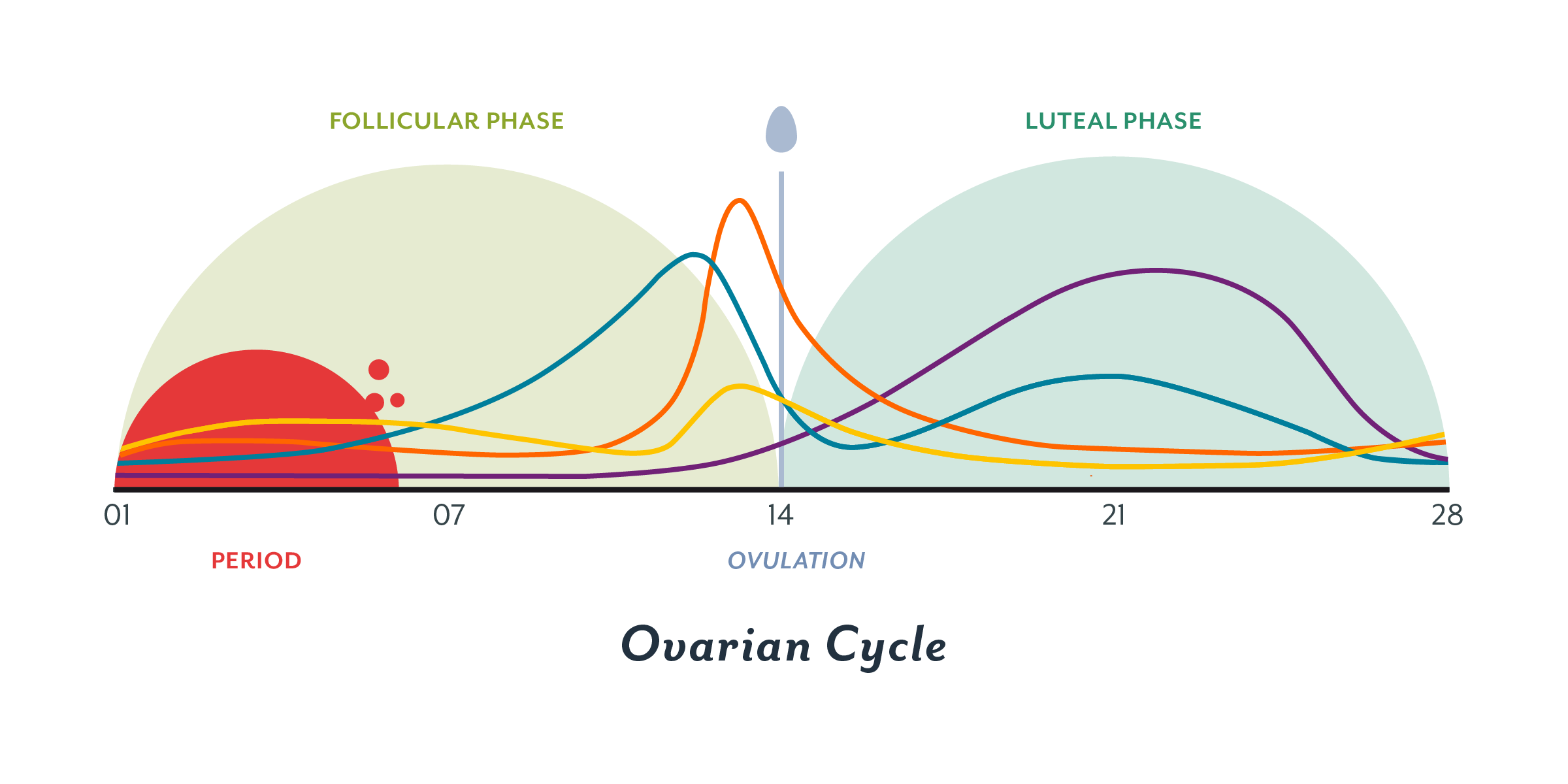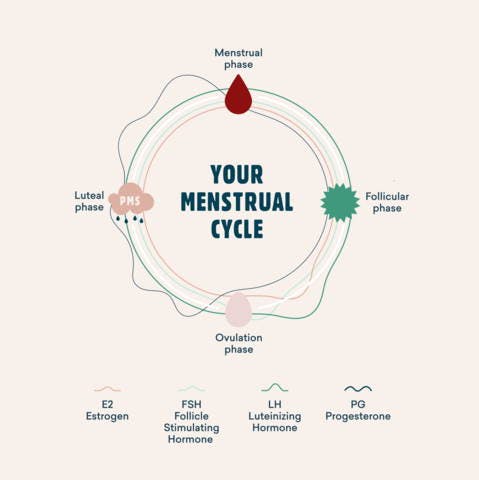Your menstrual cycle can offer a lot of information about your health and help to shed some light on areas of your life that might need a bit more awareness. Dr. Sonya is passionate about teaching women about our hormones to help us connect more meaningfully to these influences on our bodies and better understand the way different factors might be affecting the endocrine system.
In this video, she shares some insight with us on the changes that occur throughout a typical cycle and the interaction of our hormones at different stages. It’s important to remember that these responses will change for women who are taking a birth control pill or using an IUD, as well as those going through menopause or perimenopause. The message that Dr. Sonya wants us to take from this video (and all of her teachings around hormones) is that we can become more attuned to our hormones and our bodies by working to develop a deeper awareness around the changes we experience during different parts of our cycle.

Phases of the menstrual cycle
For the sake of simplicity, Dr. Sonya uses a typical 28-day cycle to discuss the different stages of the menstrual cycle. Day 1 is the first day you bleed, and you move into the follicular stage over the next two weeks. On day 14, you release an egg (known as ovulation). From this point onward, you move into the latter half of your cycle, known as the luteal phase.
During the follicular stage of your cycle, you produce more estrogen, which is a natural appetite suppressant. You’ll likely find it easier to fast during this stage and cravings might be lesser than in the second half of your cycle. In this stage, most women have more energy and might gravitate toward higher intensity exercise (if it feels supportive to you, now is the time to push yourself and work hard!). The hormones released during the follicular stage are good for skin, bones, and mucus membranes, and create more flexibility within the cardiovascular system.
 After you release the egg on day 14 of the menstrual cycle, progesterone levels rise and the body is singled to start adopting more nurturing practices. During the luteal phase, your body is trying to create an ideal environment for an egg to thrive, and as a result, we become more inward focused, experience increased appetite, might feel the need to slow down and engage in lighter physical activity, and gravitate toward more carbs in the diet.
After you release the egg on day 14 of the menstrual cycle, progesterone levels rise and the body is singled to start adopting more nurturing practices. During the luteal phase, your body is trying to create an ideal environment for an egg to thrive, and as a result, we become more inward focused, experience increased appetite, might feel the need to slow down and engage in lighter physical activity, and gravitate toward more carbs in the diet.
Get to know your unique hormone blueprint
Dr. Sonya reminds us that “hormones are an effect, not a cause”, and whether or not we’re menstruating, we should start noticing how our hormones are impacting us, as well as the way our habits and environment influence the way we feel, so we can better understand our unique hormone blueprint. The ups and downs of certain symptoms and how you respond to them is a reflection of how you have been responding to life.
What are your hormones telling you?
When the body displays discomfort in the second half of your cycle, the luteal phase, your hormones are communicating: “be gentle, slow down.”
When your libido has disappeared and you feel irritated at the thought of your partner touching you, your hormones are communicating: “take time to reconnect with yourself.”
When your breasts are sore and cravings are high, your hormones are communicating: “nourish yourself.”
Each moment in your cycle is an opportunity to get to know yourself better. It is an opportunity to learn more about your innate needs as a woman, and a chance to fill yourself up with love so you can give more to the world around you.
If you believe you’re struggling with hormonal imbalances, Dr. Sonya would love to help you understand your unique hormone blueprint to achieve better health and vitality. Learn more about our practice or reach out today to get started on your personal wellness journey.

